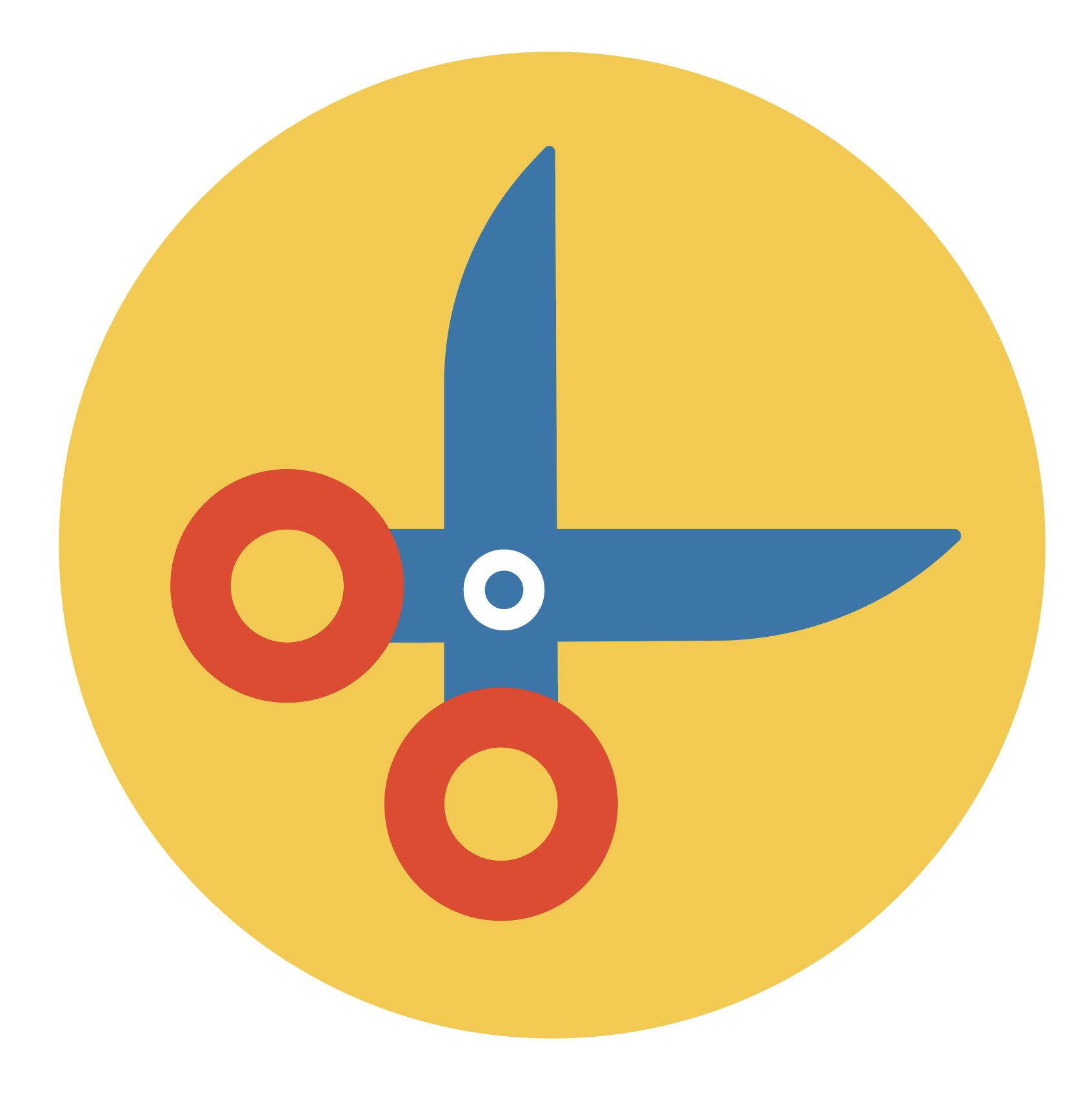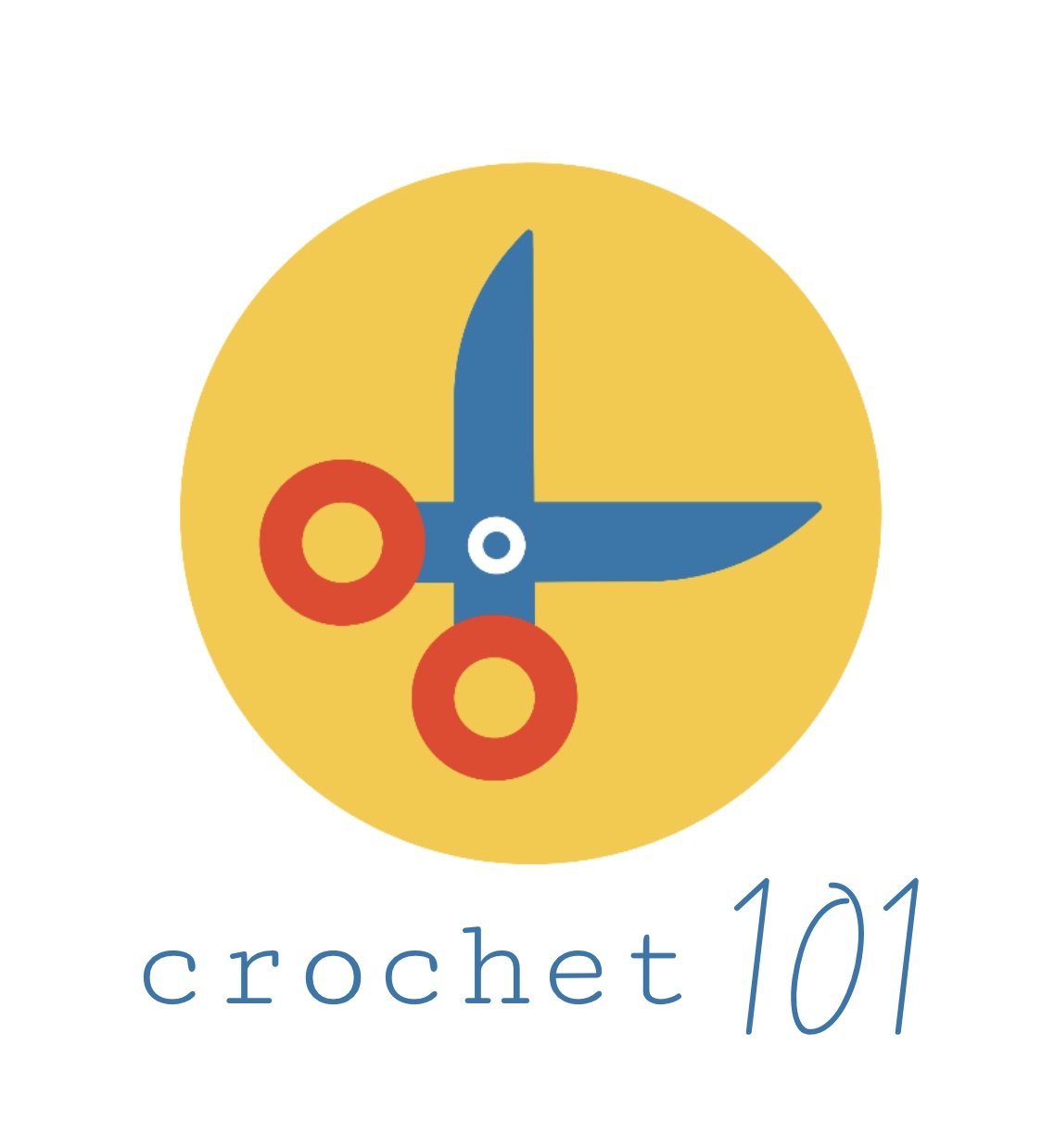Blake’s Craft Corner: Brand Guidelines
Branding Project
Branding is an educator’s most valuable tool when sharing goals and experiences with not only their learners, but also their professional networks.
Target audience: Novice to experienced crafters; Lakewood, Colorado community members; All ages
Tools used: Adobe Photoshop and Illustrator, Pinterest
Client: 40 West Arts
Year: 2021
Overview
As an Artist in Residence with the 40 West Arts community, I have the opportunity to host two classes of my choosing throughout my year-long term. The goal is to connect with the community and provide programming for patrons and members. Luckily, my Branding for Educators course gave me the opportunity to brand these classes. These brand guidelines are the backbone of this experience.
EMDT Program Learning Goal(s):
Students will participate in and contribute to communities of practice and professional networks.
Students will effectively communicate educational technology trends to stakeholders, grounding their findings in research.
Instructional Goal of the Artifact:
Create a cohesive brand for a series of crafting classes, informed by a target audience and community stakeholders.
Process
A good brand has a set of values that act as the foundation for all future actions, so it was important to begin with these values in the brand creation process. Using the 40 West Arts and Rocky Mountain College of Art and Design’s own value list as inspiration, I narrowed down what is important to four value statements:
We are committed to sharing craft techniques with learners of all skill levels.
Anyone can learn a new crafting skill through instruction and encouragement.
A sense of community can be built through local engagement.
We believe that crafting can be therapeutic
Using these values, I then crafted a mission statement following guidelines shared by Nonprofit Hub (2020).
Our mission is to inspire people to take chances and grow their skills, no matter their skill level, through quality instruction and encouragement. We believe that crafting helps people overcome obstacles and feel better about themselves.
With the foundation set, I was then able to start the brainstorming process for a logo and brand assets.
Logo and Brand Assets
Initial Brainstorming
For the design of the logo, I wanted to create something bright, fun, and almost elementary in design. The classes that I’ll be teaching for my artist in residence program will be focused on craft projects for all skill levels, but dedicated towards novices, so it was important to keep the brand approachable. Although I received feedback about creating more specific values as it relates to crochet, that would limit this brand use to one medium. I would like to keep the brand, and the logo, generalized so I can use it for a variety of lessons. I will start with crochet, but I want the option to expand to other craft techniques in the future.
I sketched a few simple logo designs based on references that I saved to a Pinterest board. I knew that incorporating a craft tool or material would visually link the logo to the brand’s goals. In the end, I was drawn to a scissors icon which is a staple tool for any crafter. I also chose a primary color palette to align with my goal of keeping the logo approachable.
Branding Design Pinterest Board
Final Logo Design
Feedback
Feedback was shared that each icon I created would not be recognizable as a singular brand. To navigate around this challenge, it was suggested to add text using my brand fonts to create a recognizable title with the various projects.
Logo Applications
Results and Takeaways
The goal of my craft classes is to build community and share craft techniques no matter the skill level. The color palette, logo, and icons are all approachable and accessible to any viewer. It doesn’t take critical thinking skills to recognize the craft tools used in the design, which helps cement the brand’s purpose with just imagery. One thing that I want to explore further are icons with characters, to hint at the community-oriented nature of the brand.
Final Brand Guideline Document
These brand guidelines will help inform the instructional materials I create (instructions, infographics, videos, and more) along with any public facing communication (marketing emails and social media posts).
References
Nonprofit Hub (2020). A step-by-step exercise for creating a mission statement. https://nonprofithub.org/wp-content/themes/nonprofithub/img/landing-pages/mission/nonprofithub-missionstatement.pdf








